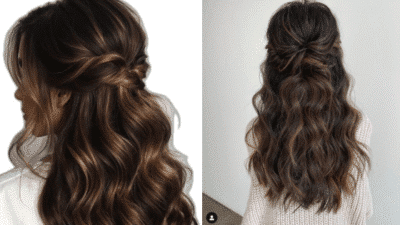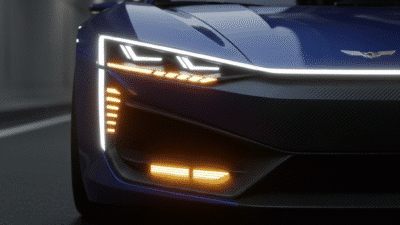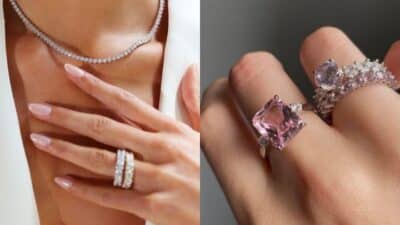Did you know that almost 75 percent of users judge a brand’s credibility based on design alone? Trends in design move quickly, driven by new technology, changing user expectations, and cultural shifts. Staying aware of these changes matters for anyone who wants to create meaningful, up-to-date experiences. Understanding how trends emerge and influence creative processes can help you create designs that feel fresh, functional, and engaging.
Table of Contents
- Defining Trends In Design Practices
- Types Of Design Trends And Variations
- How Trends Influence Creative Processes
- Benefits And Drawbacks Of Following Trends
- Best Practices For Adopting Design Trends
Key Takeaways
| Point | Details |
|---|---|
| Understanding Design Trends | Design trends signify shifts in creativity and technology that influence user experiences and design thinking. |
| Embracing User-Centered Approaches | Prioritizing user needs and maintaining inclusivity is essential in contemporary design practices. |
| Navigating Benefits and Drawbacks | Designers must balance aesthetic innovation with functionality to avoid clutter and brand dilution. |
| Best Practices for Trend Adoption | Conduct thorough user research and maintain core brand identity while integrating modern design elements. |
Defining Trends in Design Practices
In the dynamic world of design, trends are more than just fleeting aesthetic choices – they represent systematic shifts in creative thinking and technological adaptation. According to research from University of New Hampshire, a design trend is fundamentally “the latest practices in creating and improving applications, reflecting the evolving nature of media and technology”.

Design trends emerge through a complex interplay of technological innovation, user experience insights, and cultural context. Design thinking plays a critical role in this process, serving as a systematic approach to creating innovations that center around user needs. Research suggests this methodology emphasizes diverse ideas and leverages modern digital technologies to drive creative solutions.
Key characteristics of contemporary design trends include:
- Adaptability to emerging technologies
- User-centered approach
- Seamless integration of form and function
- Emphasis on intuitive and inclusive experiences
Trends in design are not static prescriptions but dynamic frameworks that encourage continuous learning and experimentation. Fashion trends in design showcase how visual aesthetics and functional requirements constantly evolve, challenging designers to remain flexible and innovative in their approach.
Types of Design Trends and Variations
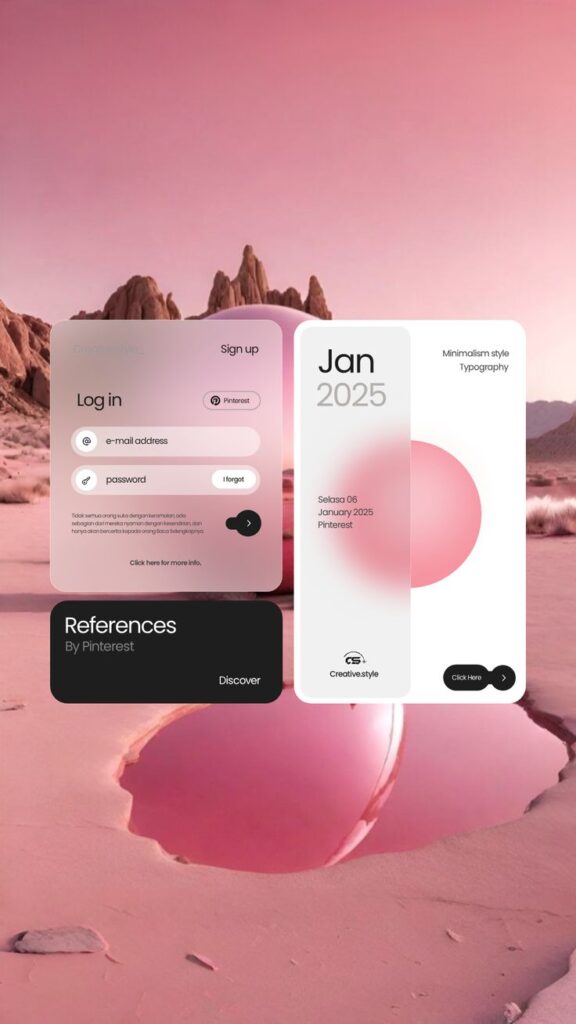

Design trends represent a sophisticated landscape of creative expression, continuously evolving through technological advancements and user experience insights. According to research from Coursera, major web design trends for 2025 showcase a diverse range of approaches, including cluttercore, micro-animations, freehand illustrations, and a strong emphasis on accessibility and inclusivity.
Emergent design trends demonstrate remarkable diversity, capturing unique visual aesthetics that engage and inspire users. Research from GeeksforGeeks highlights several compelling variations, such as scrapbook layering, geometric aesthetics, hand-drawn elements, and organic shapes. Each of these trends offers distinctive approaches to visual communication and user interaction.
Key design trend variations include:
- Cluttercore: Embracing intentional visual complexity
- Micro-animations: Adding subtle interactive elements
- Responsive design: Creating flexible user experiences
- Personalized content: Tailoring visual experiences
- Abstract design: Challenging traditional visual boundaries
The design landscape continues to evolve, with color trends playing a crucial role in defining visual narratives. These trends reflect broader cultural shifts, technological capabilities, and an ongoing commitment to creating more engaging, intuitive, and inclusive design experiences.
How Trends Influence Creative Processes
Trends are not mere aesthetic choices, but powerful catalysts that fundamentally reshape creative processes and problem-solving approaches. According to research from design methodology studies, design thinking emerges as a critical framework that leverages modern digital technologies to address complex user-related challenges through rapid prototyping and iterative refinement.

The influence of design trends extends far beyond visual aesthetics, transforming how creators conceptualize, develop, and refine their work. Emerging trends like micro-animations and freehand illustrations demonstrate how innovative approaches can breathe life into design, enhancing user engagement without overwhelming the visual experience. These trends encourage designers to think more dynamically and experimentally.
Key ways trends impact creative processes include:
- Challenging traditional design boundaries
- Encouraging cross-disciplinary collaboration
- Promoting user-centered problem solving
- Facilitating technological integration
- Driving continuous learning and adaptation
Creative professionals now recognize trends as essential navigational tools in an increasingly complex design landscape.
Future trends provide not just visual inspiration, but strategic frameworks that help designers anticipate and respond to evolving user needs and technological capabilities, making trend awareness a critical skill in modern creative practice.
Benefits and Drawbacks of Following Trends
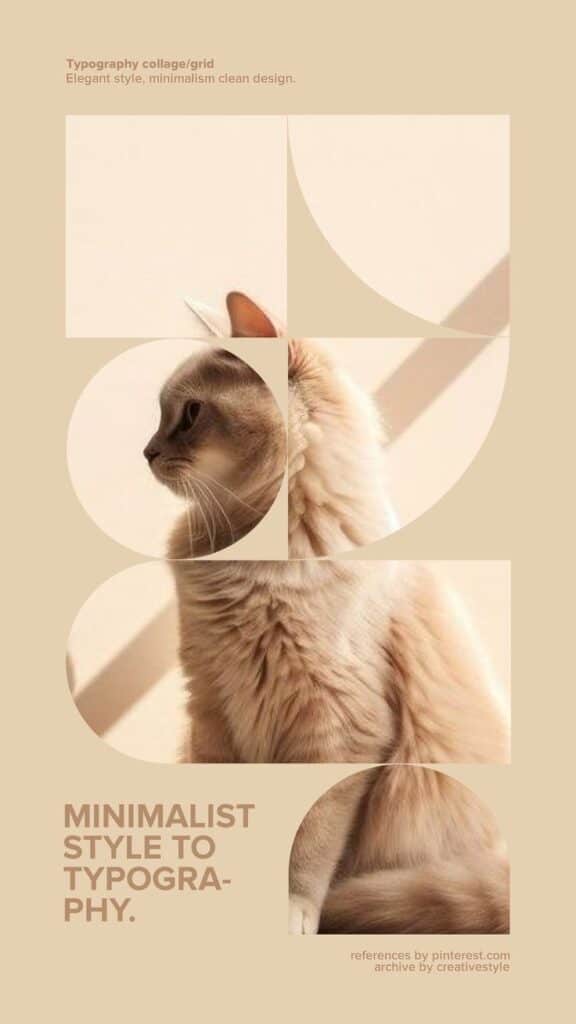

Design trends present a nuanced landscape of opportunities and challenges, requiring careful navigation and thoughtful implementation. According to research from e-learning design studies, minimalistic design offers significant advantages by drawing attention to essential information and enhancing overall clarity and readability.
However, trend adoption is not without potential pitfalls. Research from GeeksforGeeks highlights that emerging design approaches like scrapbook layering and geometric aesthetics, while visually compelling, can quickly become problematic if not implemented with strategic precision. The risk of creating cluttered or confusing designs looms large when designers prioritize trend adherence over functional communication.
Key considerations in trend adoption include:
- Balancing aesthetic innovation with functional clarity
- Maintaining brand identity while embracing contemporary approaches
- Understanding the difference between trendy and timeless design
- Avoiding wholesale trend replication
- Adapting trends to specific project requirements
Creative professionals must approach trends as flexible guidelines rather than rigid rules. Color combinations play a crucial role in this delicate balance, offering opportunities for trendy expression while maintaining design integrity. The most successful designs seamlessly integrate trending elements without compromising core communication objectives.
Here’s a summary of benefits and drawbacks of following design trends:
| Benefit | Drawback |
|---|---|
| Enhanced visual appeal | Risk of over-clutter |
| Improved user engagement | Potential brand dilution |
| Keeps design current | May lack timelessness |
| Encourages innovation | Can overwhelm usability |
| Supports adaptability | Trend fatigue risk |
Best Practices for Adopting Design Trends
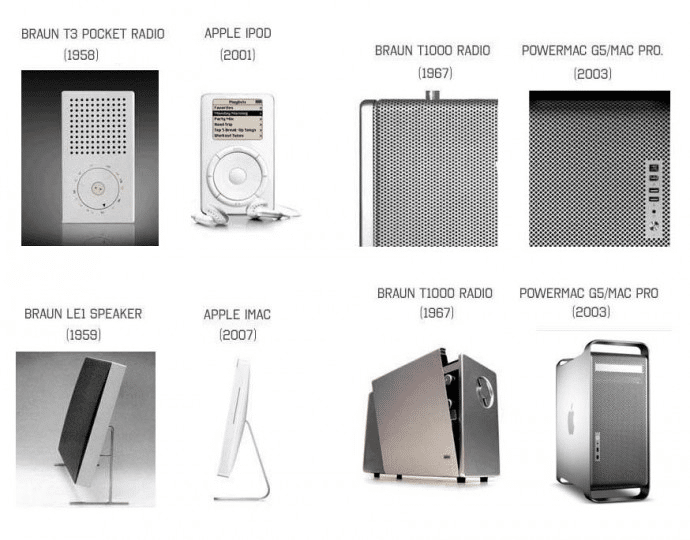
Successfully navigating design trends requires a strategic and thoughtful approach that balances innovation with functional effectiveness. According to research from e-learning design studies, responsive design and minimalistic aesthetics stand at the forefront of contemporary design practices, emphasizing the importance of creating visually compelling yet highly adaptable visual experiences.
Accessibility and inclusivity have emerged as critical considerations in modern design trend adoption. Research from Coursera highlights the necessity of carefully auditing website elements such as color schemes, layout configurations, and navigation structures to ensure a seamless user experience for diverse audiences. This approach goes beyond aesthetic choices, transforming design into a more empathetic and user-centered discipline.
Key best practices for trend adoption include:
- Conduct thorough user research before implementation
- Maintain core brand identity while embracing contemporary elements
- Prioritize functionality over purely aesthetic trends
- Regularly audit and update design elements
- Create flexible design systems that can evolve
- Test designs across multiple platforms and devices
Design professionals must approach trends as dynamic frameworks rather than rigid templates. Designers who successfully navigate this landscape understand that true innovation lies not in blindly following trends, but in thoughtfully interpreting and adapting them to specific project requirements and user needs.
Discover Creative Solutions for Every Design Trend Challenge
Navigating the fast-changing world of design trends can leave even experienced creators feeling overwhelmed. Choosing between timeless appeal and modern visuals, and keeping your project both innovative and practical, is never easy. If you have ever struggled to balance trend adoption with brand identity or wondered how to turn confusing trend advice into actionable ideas, you are not alone. Our expert guide highlights key pain points like avoiding trend fatigue, staying user-focused, and seamlessly blending creativity with function—challenges every designer and enthusiast faces.
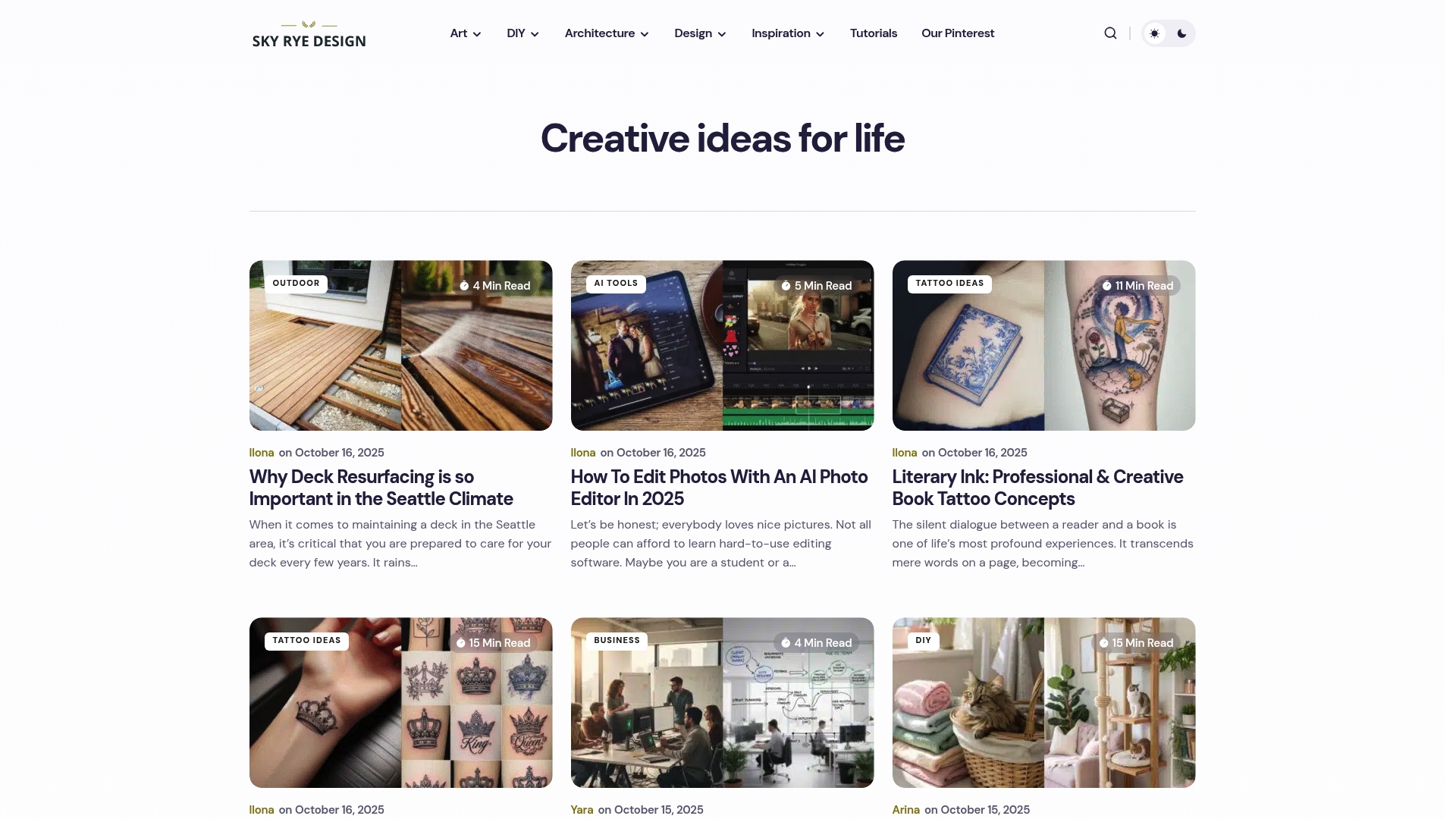
Ready to turn design uncertainty into inspiration? Explore Skyrye Design for a curated collection of tutorials, fresh ideas, and practical tips that can help you make the right creative decisions for your home, DIY projects, or personal style. Dive into our handpicked fashion trends in design or get inspired by vibrant color trends to apply the latest insights with confidence. Visit us now and unlock your creative potential with resources designed just for passionate trend-setters.
Frequently Asked Questions
What are the key characteristics of contemporary design trends?
Key characteristics include adaptability to emerging technologies, a user-centered approach, seamless integration of form and function, and an emphasis on intuitive and inclusive experiences.
How do design trends impact the creative process?
Design trends serve as powerful catalysts that reshape how creators conceptualize, develop, and refine their work, encouraging dynamic thinking, cross-disciplinary collaboration, and user-centered problem-solving.
What are the benefits and drawbacks of following design trends?
Benefits include enhanced visual appeal and improved user engagement, while drawbacks may consist of the risk of over-clutter and potential brand dilution. It’s important to balance trend adherence with functional clarity.
What are some best practices for adopting design trends?
Best practices include conducting thorough user research, maintaining core brand identity, prioritizing functionality over aesthetics, and regularly auditing design elements to ensure they meet user needs.
Recommended
- Understanding Luxury Trends: Concepts and Key Insights – The Noble Thread
- Future of Web Development: Complete Guide – ResponsiveWebsiteDesign
- 44shares
- Facebook0
- Pinterest44
- Twitter0
